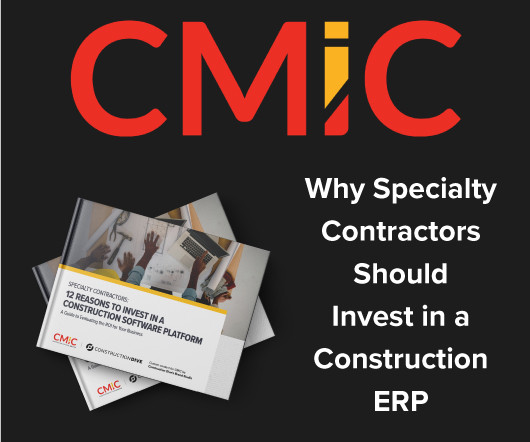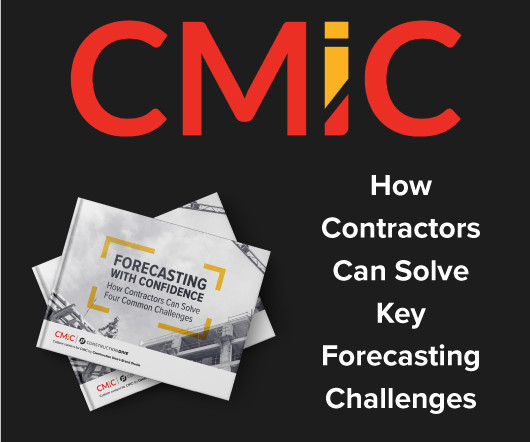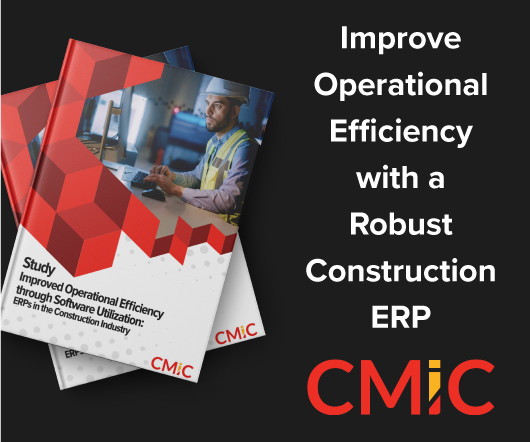Future-Proof Your Firm: Discover the Power of Next Gen Construction ERP
In the face of rising customer expectations and evolving industry standards, staying ahead in construction demands innovation. A Next Generation Construction ERP is designed to meet these challenges head-on. By integrating this advanced system into your tech stack, you empower your team with a single source of truth, enhancing decision-making and operational efficiency.























Let's personalize your content